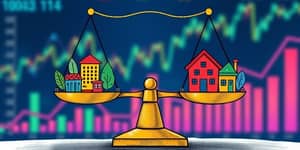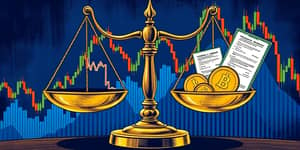
In today’s competitive business landscape, organizations face constant pressure to optimize operations and boost profitability. One of the most effective ways to achieve this is by implementing robust cost monitoring practices that directly support performance improvement.
By embracing a strategic approach to tracking expenses, companies can transform cost data into actionable insights, driving sustainable growth and operational excellence.
Cost monitoring is more than a compliance exercise or monthly report—it’s a powerful tool that underpins data-driven decision making across all levels of an organization. When businesses regularly track and analyze their expenditures, they uncover inefficiencies and redundancies that would otherwise erode profitability.
Research shows that accurate cost information has a direct, positive effect on business performance. By making cost visibility a core practice, leaders gain the agility to respond swiftly to market changes, negotiate better contracts, and allocate resources where they deliver the highest impact.
Effective cost monitoring also fosters a culture of accountability. Employees understand how their actions influence the bottom line, helping to eliminate waste and ensure resources support strategic priorities.
Implementing targeted cost reduction methods can unlock significant savings without sacrificing quality or innovation. The following strategies have been validated across industries:
Real-time analytics platforms empower organizations to detect cost overruns and performance bottlenecks as they occur. By integrating automated monitoring tools, leaders can:
Several industry giants have demonstrated the power of real-time monitoring and analytics:
These success stories illustrate that initial investments in analytics and infrastructure are quickly offset by measurable savings and performance gains.
To sustain cost and performance monitoring, organizations must cultivate an environment where every team member feels empowered to contribute improvement ideas. Key steps include:
When employees see tangible results from their cost-saving initiatives, they become ambassadors for efficiency, driving broader adoption of best practices.
Automation technologies can accelerate processes by up to 100x while reducing errors by 98%. By deploying automated reconciliation, reporting, and workflow optimization tools, businesses achieve:
Enhanced accuracy, as machines handle repetitive tasks without fatigue or bias.
Faster cycle times, freeing teams to focus on strategic analysis and decision-making.
Scalability, enabling organizations to process growing transaction volumes without proportional headcount increases.
Looking ahead, emerging technologies such as artificial intelligence and machine learning promise to further refine cost predictions, identify hidden cost drivers, and recommend optimization paths with minimal human intervention.
In a rapidly evolving marketplace, companies that master cost monitoring unlock a powerful lever for performance enhancement. By combining rigorous strategies, real-time analytics, and a culture of continuous improvement, organizations can:
Ultimately, proactive cost vigilance transforms expenses from a passive bookkeeping task into a strategic asset—driving sustainable growth, operational excellence, and a lasting competitive advantage.
References













